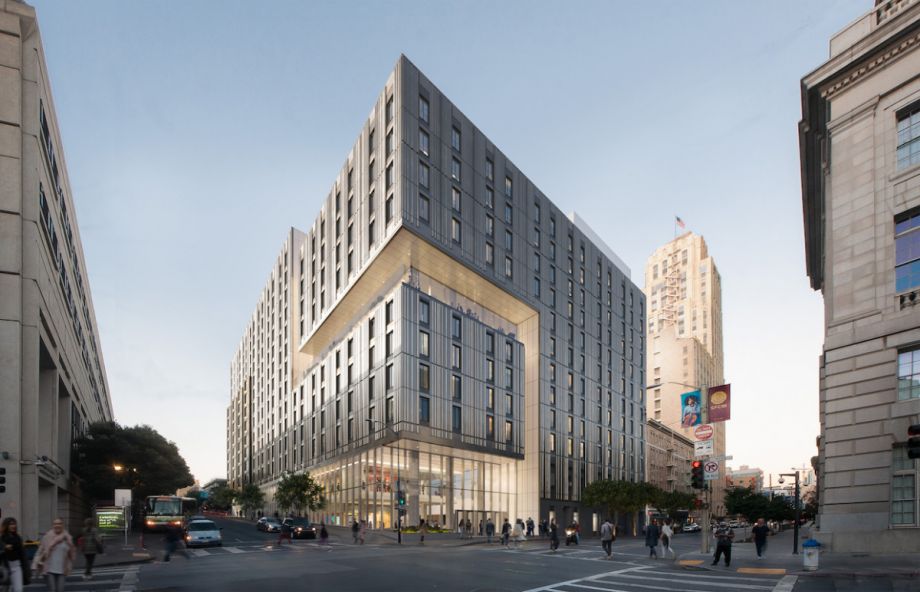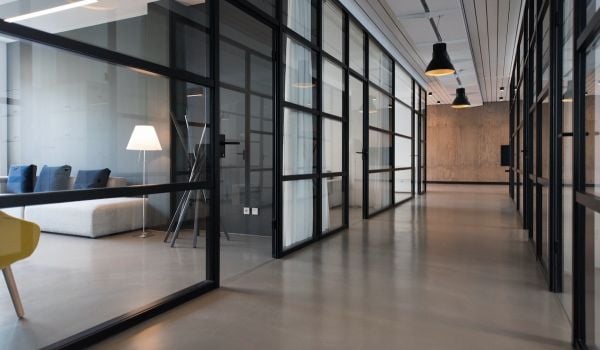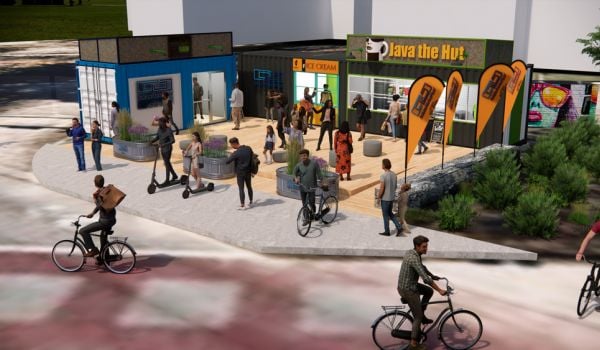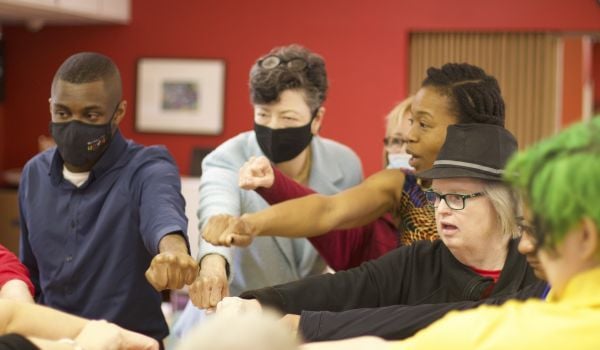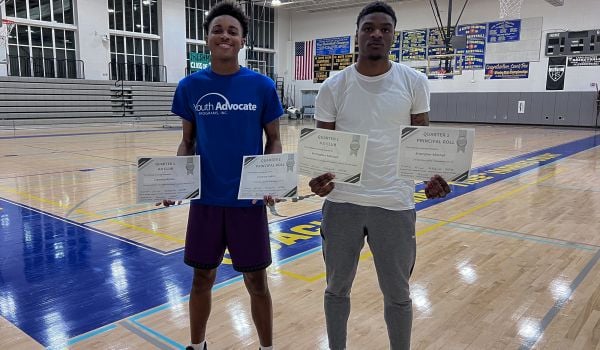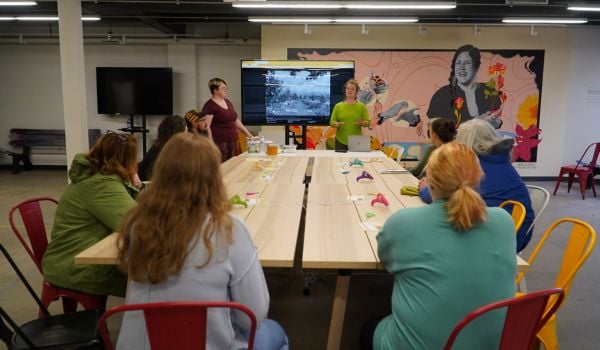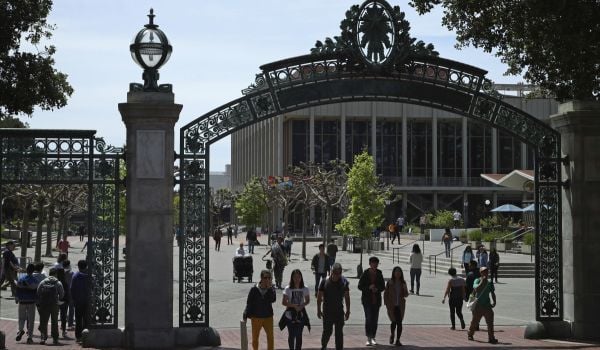As cities and owners of increasingly vacant downtown properties scan the landscape for possible tenants, there’s a strong case for pushing higher education institutions to the top of these lists.
The diffusion of higher education campuses is a trend that has been quietly gaining momentum for decades. Campus boundaries have been bleeding into their surrounding communities as institutions grow. Primarily driven by the opportunity to meet students’ interests and needs, satellite extensions have popped up further and further from the core campus to meet categories of students where they live and work. Similarly, collaborations with industry partners materialize as innovation and research hubs in business centers. Until now, these nodes have been primarily driven by the opportunities to better serve their student body.
The shift toward working from home has vacated downtown business districts designed exclusively for work. Stuck in a perpetual weekend state, cities and property owners are desperate to shift their Monday to Friday, 9 a.m. to 5 p.m. downtowns to 24/7 places. While housing alone won’t make a neighborhood, it will provide a consumer base to support lifestyle businesses. Cities including Calgary, New York, Chicago and Los Angeles were quick to recognize the problem and are actively incentivizing office-to-housing conversions.
Higher education campuses are a closed ecosystem that can activate a variety of property types, support local shops and restaurants, and rely on public transit and other public services. Campuses consist of teaching-learning spaces, administration offices, as well as student housing.
Students bring a sense of community, culture and vibrancy to the neighborhood. Given the typical multiple-year commitment for a degree program, residential student housing partners can rely on students as a long-(ish)-term demographic. Campuses also pull from the broader area as an employment center for jobs spanning a wide range of income levels. Collectively, this can be a proxy for spurring ground plane activity, attracting shops, restaurants and services.
Town-and-gown relationships are symbiotic. Urban campuses in particular have an interest in the quality of the neighborhood and, while they don’t always carry out this duty properly, they recognize the responsibility to be good neighbors. The podium level of any education building should offer a compelling opportunity to contribute to the neighborhood and serve both the public and students in some ways.

Samuel Merritt University’s new nursing school in downtown Oakland will include a public health clinic that both supports the students in their learning and the school’s neighbors.
Campuses across the U.S. have shown a willing attitude toward adaptability and cooperation in their communities as it relates to integration into the urban fabric of cities.
This past month, UC Law San Francisco opened the Academe at 198 McAllister, a 14-story vertical campus building with 656 housing units specifically to help alleviate the local demand for housing by removing students from the general rental populace. This mixed-use building is the latest phase in UC Law’s “academic village” concept for urban campus development in the Tenderloin neighborhood of San Francisco. It also serves more than just UC Law, as a large percentage of these units are available to students of nearby UCSF, UC Berkeley, San Francisco State University and University of San Francisco.
Higher ed institutions have also shown an openness toward adaptive reuse. That includes the reuse of an existing building (like UC Law’s upcoming renovation of the historic 100 McAllister high-rise tower), the reuse of an entire existing campus (like Stanford’s and Northeastern’s presence at the former Notre Dame de Namur and Mills College campuses, respectively), or a more radical reuse (like Austin Community College’s conversion of the abandoned Highland Mall into a campus and training center).
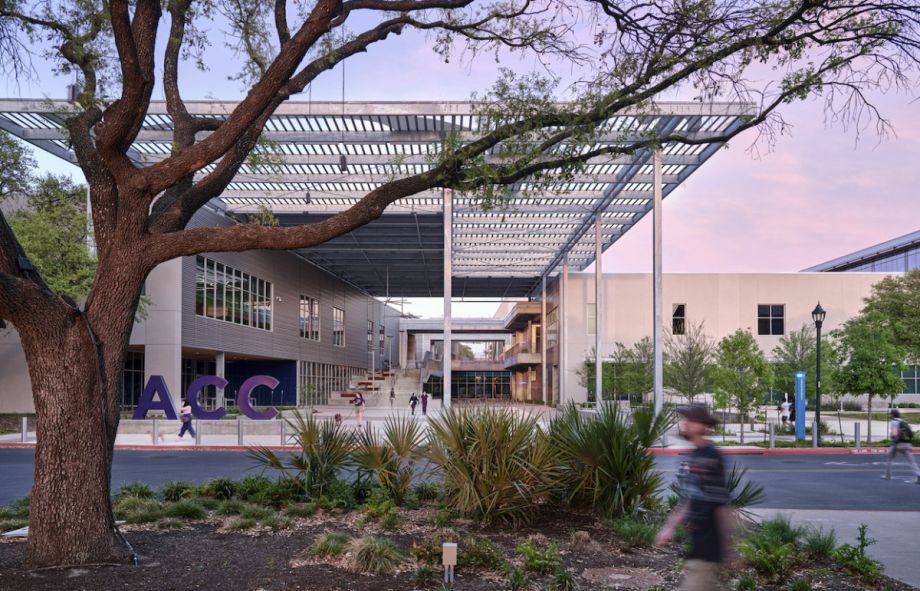
The abandoned Highland Mall is now Austin Community College’s largest campus. Designed by Perkins&Will in partnership with Barnes Gromatzky Kosarek Architects, the scale of the former Kohl’s department store allowed ACC to centralize its specialty training in culinary arts, nursing and health science, animation and filmmaking, architecture and engineering, music production, and sound design.
How can cities attract higher education to their downtown? It begins by assessing their existing amenities, like transit and parks, that would serve this new population, as well as articulating what types of retail, food and beverage services, healthcare, cultural and event spaces are needed. Cities can suggest specific podium uses when presenting the opportunity for any development or redevelopment. This assessment becomes a road map of where your downtown is and where it intends to be. The road map, in turn, becomes the basis of a proposal that can be taken to prospective financial partners.
Identifying who those prospects are is the next step. Consider all the potential stakeholders who share the same or related goals and financial vision. Remotely located schools want urban locations for specific needs, like to co-locate with an industry partner or to tap into a student population that already calls the city home. Perhaps multiple campuses would band together to make the redevelopment pencil out.
Mayor London Breed recently approached the UC system about establishing a multi-school campus in downtown San Francisco. Begin with the community’s needs as you look for stakeholders. Is there a partnership opportunity that could fill a particular void? Take Samuel Merritt University, which provides medical education for nursing, physician’s assistants, physical therapy and podiatry, which is building a new location for its nursing school in downtown Oakland. The facility features a free health clinic where students can learn from practical experience while also supporting the neighborhood.
Higher education institutions may be the perfect partner in reinventing the fabric of struggling downtowns. These stranded assets are the real estate opportunity that flips the catalyst for remote campuses and offers institutions the chance to be an agent for positive change in the urban context while also offering new living and learning opportunities for students.
Anders Carpenter is an architect and higher education practice leader at Perkins&Will’s San Francisco office.

